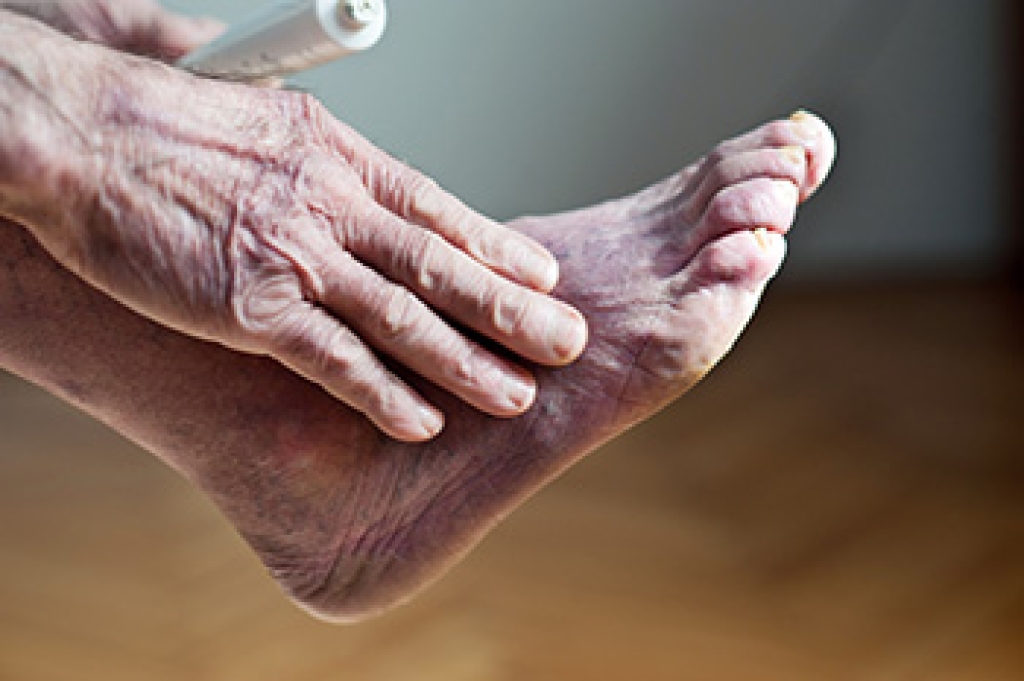
The body’s circulation system sends blood, oxygen, and nutrients through the body. When blood flow to a specific body part is reduced, it is called poor circulation. This can happen with the feet. Poor circulation is not the condition itself, but what results from poor circulation that causes other health problems. Underlying conditions that can result in poor circulation to the feet include obesity, diabetes, heart conditions, and arterial disease. When one has poor blood circulation in the feet they might experience tingling, numbness, a throbbing or stinging pain, muscle cramps, nerve damage, and ultimately tissue damage. People with diabetes can have difficulty detecting signs of poor blood circulation because diabetic neuropathy might set in and cause reduced sensation to the extremities. Since poor blood circulation is a symptom of numerous conditions, diagnosing the underlying cause is important. If you have diabetes or experience the other symptoms of poor blood circulation, visit a chiropodist for help in determining what the problem is and how to best treat it.
When blood flow to a specific part of the body is reduced, you may experience symptoms of poor circulation. Poor circulation is most common in your extremities, like your legs and feet. Please consult with one of the chiropodists from The Footcare Centre. Our chiropodists will assess your condition and provide you with quality foot and ankle treatment.
Causes
Poor circulation isn’t a condition in itself. Instead, it results from other health issues. Therefore, it’s important to treat the underlying causes:
- Peripheral artery disease (PAD)
- Diabetes
- Blood clots
- Varicose veins
- Obesity
- Raynaud’s disease
Symptoms
Symptoms of poor circulation may include:
- Numbness
- Tingling
- Throbbing or stinging pain in limbs
- Pain
- Muscle Cramps
Diagnosis
A chiropodist will perform a physical exam to detect pain and swelling, as well as an antibodies blood test to detect inflammatory conditions, such as Raynaud’s disease. It’s important to disclose any known family history of poor circulation and any related diseases. A blood sugar test, blood pressure test, ultrasound, or CT scan may also be performed.
Treatment
Treatments for poor circulation depend on what is causing it. Compression socks may be used to reduce pain and swelling. An exercise program may be recommended to improve circulation. Various medications may be prescribed to manage underlying conditions that may contribute to poor circulation.
If you have any questions, please feel free to contact our office located in . We offer the newest diagnostic and treatment technologies for all your foot care needs.
